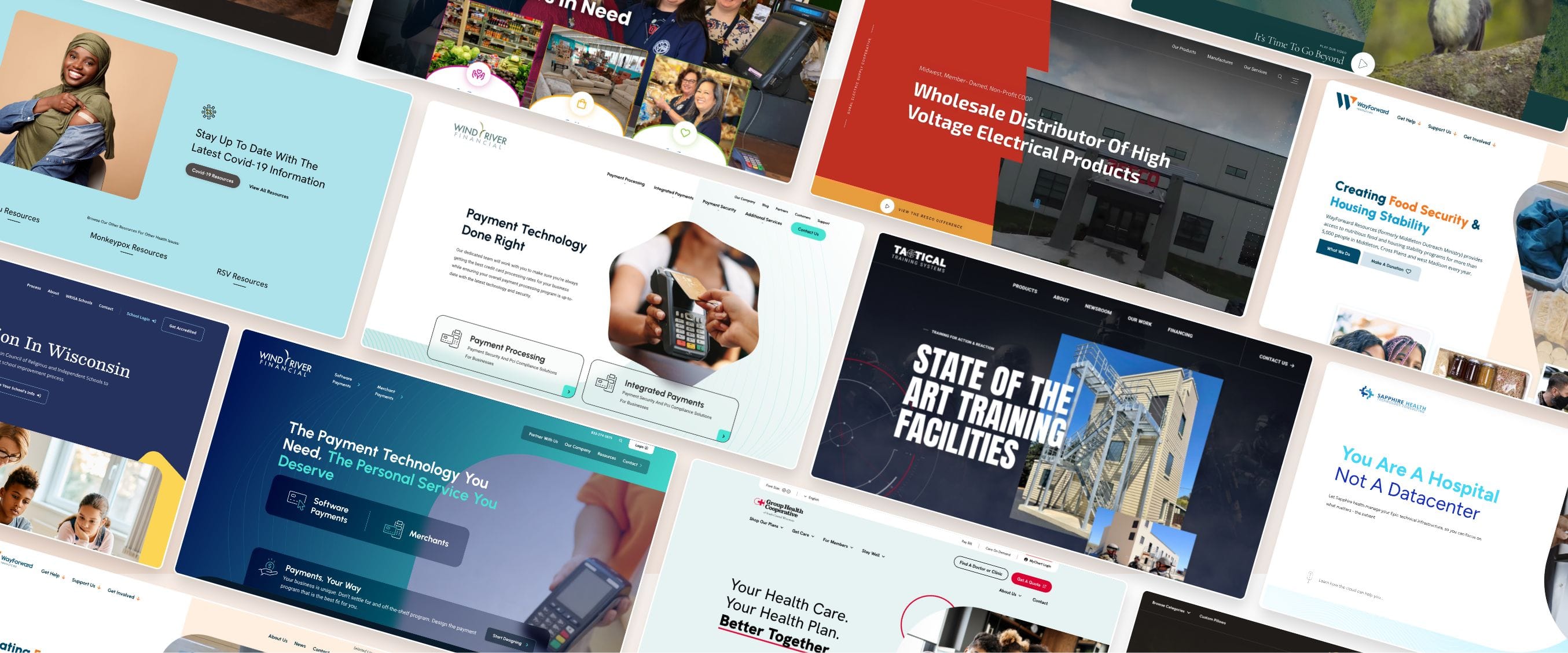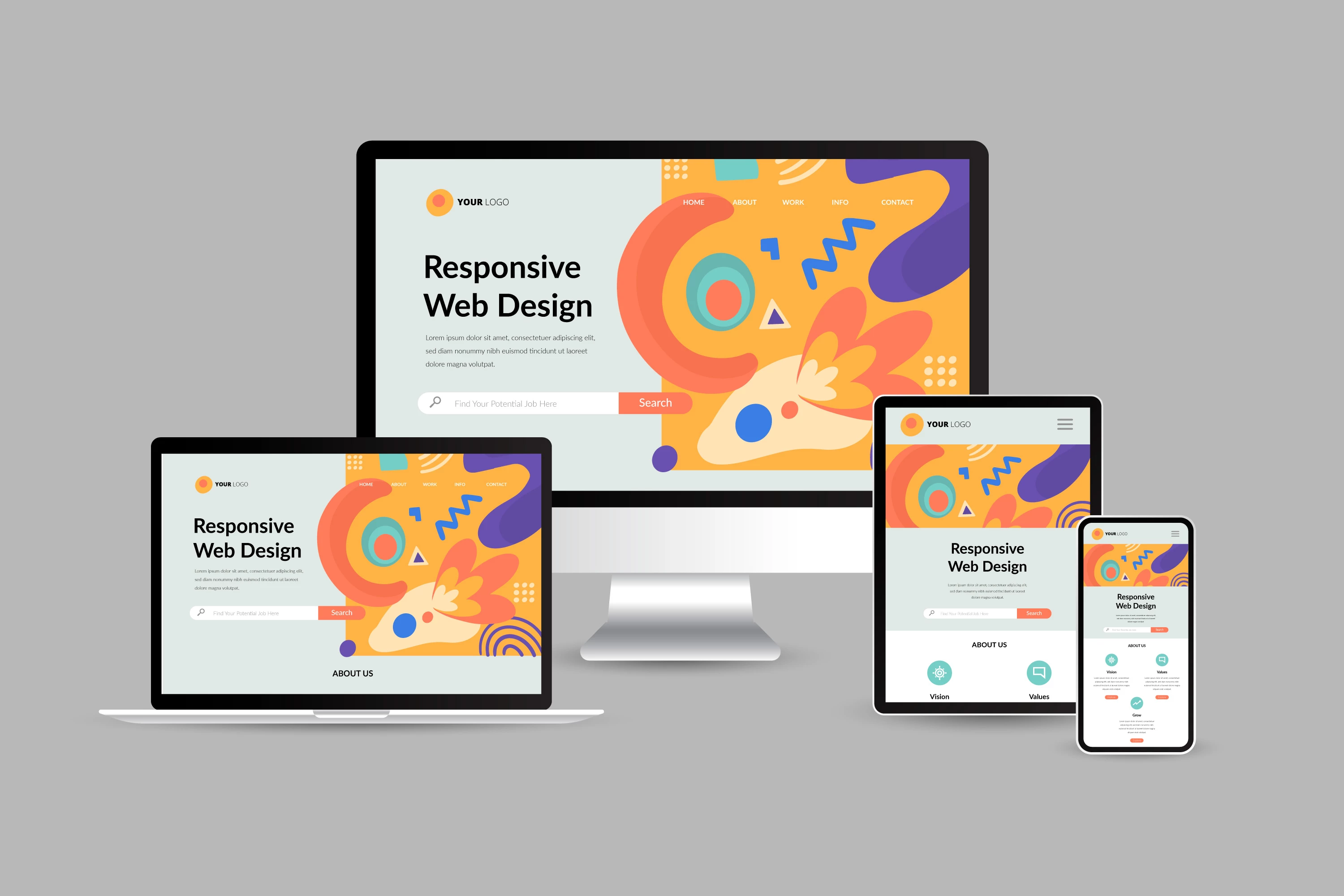Leading Tips for Producing an Impactful Internet Site Style That Transforms
In today's electronic landscape, the importance of an impactful internet site style can not be overstated, particularly when it concerns converting visitors into clients. To accomplish this, one have to think about a variety of aspects, including comprehending the target market, focusing on individual experience, and maximizing for mobile systems. The critical use of engaging call-to-actions and a well-defined visual hierarchy plays a crucial duty in directing individuals through their trip. As we discover these necessary elements, it ends up being evident that the success of your internet site pivots on greater than just aesthetic appeal; it requires a thoughtful technique to design and capability.

Understand Your Target Market
Recognizing your target audience is fundamental to reliable internet site style, as it lays the groundwork for developing an appealing individual experience. Recognizing that your customers are, including their demographics, preferences, and habits, allows developers to tailor the web site's web content, design, and performance to satisfy certain needs.
Carrying out complete market research is vital in this process. Surveys, interviews, and analytics can provide important understandings into individual assumptions and discomfort points. By assembling this information, developers can develop user personalities that represent various segments of the target market, ensuring that design choices are informed and pertinent.
In addition, comprehending the target audience helps in choosing proper design elements such as color pattern, typography, and images that reverberate with individuals. An internet site that talks straight to its target market promotes a sense of connection and trust, encouraging longer visits and higher conversion rates.
Eventually, a user-centered method to site style not just improves individual complete satisfaction however likewise sustains business purposes by driving involvement and commitment. By prioritizing the demands and preferences of the target market, a website can effectively serve its function and achieve preferred outcomes.
Prioritize Individual Experience
To improve the general effectiveness of a website, prioritizing customer experience (UX) is vital (Website Design). A well-designed UX makes sure that site visitors can browse the website easily, locate info rapidly, and engage with material meaningfully. This brings about boosted customer contentment and higher conversion rates
Begin by applying user-friendly navigation. Menus needs to be realistically structured, enabling users to find key areas of the website with minimal initiative. Consistency in layout elements, such as color pattern and typefaces, fosters familiarity, which is important for preserving user engagement.
In addition, think about the filling rate of your web site. A delay of just a couple of seconds can result in significant drop-offs, as customers are much less most likely to wait for a slow-loading page. Simplifying pictures and maximizing code can improve performance and preserve site visitors.
Moreover, clarity in content presentation is important. Use concise, engaging language and separate message with visuals to improve readability. By prioritizing individual experience, you not just develop a much more satisfying atmosphere for site visitors yet additionally reinforce your brand's trustworthiness. Ultimately, a concentrate on UX is an investment in the lasting success of your site.
Enhance for Mobile Instruments
Optimizing for smart phones is important in today's digital landscape, where an increasing number of users gain access to web sites with smartphones and tablets. A mobile-friendly design not just read the article boosts customer experience but also plays a substantial function in improving internet search engine positions. To attain this, it is necessary to embrace a receptive layout that automatically gets used to numerous screen dimensions and orientations.

Loading speed is an additional essential variable; mobile individuals are commonly much less client and anticipate fast accessibility to information. Enhance photos and leverage browser caching to boost performance. Examination your internet site on several devices and display resolutions to determine and about his fix any potential functionality concerns. By focusing on mobile optimization, you ensure that your site continues to be competitive and properly involves a wider target market.
Usage Compelling Call-to-Actions
A web site's effectiveness commonly depends upon its capacity to lead visitors toward wanted actions, making engaging call-to-actions (CTAs) essential components of style. CTAs work as the critical points that route customers to involve with the site, whether that implies purchasing, registering for a newsletter, or downloading and install a source.
To create effective CTAs, clearness is paramount. Usage concise language that clearly interacts the action you want the individual to take.
Additionally, think about utilizing directional hints, such as arrowheads or pictures, to assist users towards these buttons. By concentrating on these aspects, businesses can substantially improve individual interaction, driving conversions and inevitably achieving their website's goals.
Concentrate On Visual Hierarchy
Reliable site layout relies greatly on a well-structured aesthetic hierarchy that guides individuals with content perfectly. By organizing components in a fashion that focuses on info, developers can boost user experience and promote decision-making. This includes making use of size, color, contrast, and spacing strategically to accentuate the most vital elements of a web page.
The usage of larger font styles for headings and subheadings develops a clear distinction between different sections, allowing users to scan material effortlessly. Furthermore, utilizing different shades for buttons and calls-to-action can catch customer focus and urge communication. Whitespace is one more essential part; it protects against clutter and enables customers to concentrate on essential messages without interruptions.
Photos and graphics ought to match the message while also sticking to the established hierarchy, enhancing the overall message (Website Design). Consistency in layout elements, such as shade systems and typography, further enhances the aesthetic power structure, making navigation intuitive

Conclusion
In verdict, effective site style necessitates a comprehensive understanding of the target audience, prioritization of user experience, and mobile optimization. The critical use compelling call-to-actions and a distinct aesthetic pecking order better enhances user interaction. By executing these principles, web sites can accomplish greater conversion prices, making sure that layout elements not only bring in other site visitors however additionally facilitate seamless navigation and interaction. Eventually, a well-executed site layout works as an important component in driving individual activities and achieving company goals.